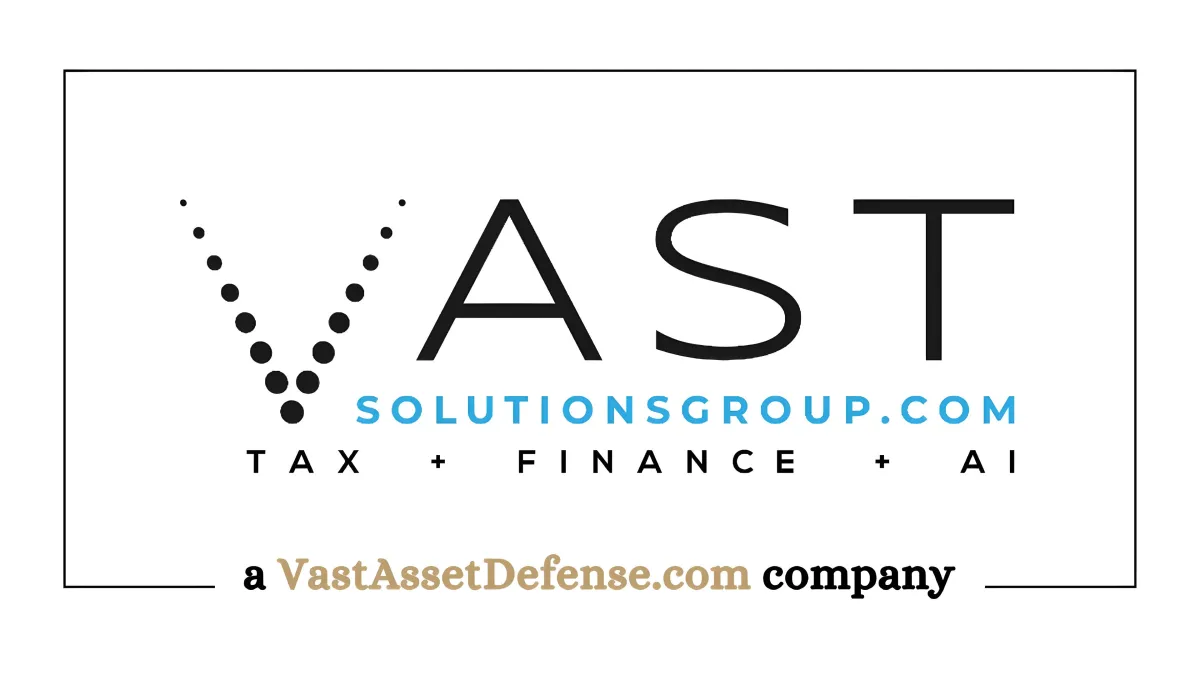
The Hidden Wealth Strategy: How 831(b) Captives Empower Entrepreneurs to Control Risk and Slash Taxes
In today’s rapidly evolving economic climate, business owners face increasing exposure to unpredictable risks—from cybersecurity threats and supply chain disruptions to legal liabilities and economic downturns. These risks can cripple a growing company, especially when traditional insurance doesn’t offer adequate coverage. Enter the 831(b) captive insurance company: a lesser-known, yet IRS-recognized tool that allows savvy entrepreneurs to self-insure while unlocking significant tax benefits.
Once used almost exclusively by large conglomerates, 831(b) captives are now within reach for small and mid-sized businesses seeking to retain more profits, enhance risk management, and build long-term wealth. However, navigating this strategy requires a clear understanding of its benefits, requirements, and compliance complexities.
What Exactly Is an 831(b) Captive? An 831(b) captive is a small insurance company created by a business owner to insure their own business risks. Under Section 831(b) of the Internal Revenue Code, a qualified small insurance company can elect to pay tax only on investment income—not on the premiums it collects (up to $2.8 million annually in 2025).
These captives must be legitimate insurance companies, meaning they must demonstrate risk distribution, risk shifting, and operate as true insurers—with regulatory compliance, claims processing, and actuarial support.
Ideal Candidates for an 831(b) Captive:
Businesses generating $1 million or more in annual revenue
Owners with high tax liabilities looking to optimize income and preserve wealth
Companies with identifiable, underinsured, or difficult-to-insure risks (e.g., intellectual property, loss of key personnel, business interruption)
Entrepreneurs interested in legacy building, succession planning, or asset protection
Advantages of Forming an 831(b) Captive:
Substantial Tax Benefits: Premiums paid into the captive are tax-deductible, while the captive itself pays tax only on investment income, not premiums.
Customized Risk Management: Captives allow for tailored coverage for unique or business-specific risks that commercial insurers often ignore.
Wealth Accumulation & Asset Protection: Unused premiums accumulate tax-deferred, growing a protected asset pool for the business owner.
Succession & Estate Planning: Captives can be structured to pass wealth efficiently to heirs or transition ownership over time.
Strategic Control: Owners gain greater influence over claims decisions, reserves, and reinsurance agreements.
The Complexities Behind the Curtain: While the benefits are compelling, the IRS has increased scrutiny on 831(b) captives due to past misuse. Compliance and structure are critical. Here are key requirements:
Actuarial Justification: Premiums must be based on actuarial data and market-comparable pricing.
Risk Shifting & Distribution: Must demonstrate that the captive insures risk from multiple entities or structured pools.
Insurance Operations: Requires formal claims handling, regulatory licensing, documentation, and reporting.
Independence: The captive should not function as a mere tax shelter or be under the total control of the operating company.
Audit Readiness: Poorly structured captives may trigger audits, penalties, or loss of deductions.
How VastSolutionsGroup.com Navigates This Landscape: VastSolutionsGroup.com follows a rigorous, compliance-first methodology that mirrors best-in-class practices in the industry:
Conducts comprehensive feasibility studies and risk assessments
Designs custom entities that align with specific business risks and goals
Coordinates actuarial reviews, regulatory filings, and legal documentation
Implements insurance protocols that ensure operational legitimacy and IRS compliance
Integrates the captive into broader tax, estate, and business strategies
Provides long-term monitoring, compliance reporting, and reinsurance alignment
This holistic approach ensures the 831(b) captive functions not only as a powerful financial tool but also withstands IRS scrutiny while driving tangible business value.
Real-World Example: Consider a medical practice grossing $3 million annually. Traditional insurance didn’t cover cyber liability or loss of a key surgeon. Through a properly structured 831(b) captive, they saved $900,000 in taxes over five years, funded specialized coverage, and used the surplus for a generational wealth transfer strategy.
Conclusion: An 831(b) captive is not a silver bullet—but for the right business, it’s a master key. Properly executed, it can provide unparalleled tax advantages, enhanced risk protection, and long-term financial leverage. With VastSolutionsGroup.com guiding the strategy, business owners gain clarity, confidence, and a powerful edge in a volatile world.
Next Steps: Curious if an 831(b) captive is right for your business? Schedule a confidential strategy session with VastSolutionsGroup.com. Let’s explore how you can take control of your risks, unlock hidden tax savings, and build sustainable wealth—legally and intelligently.

